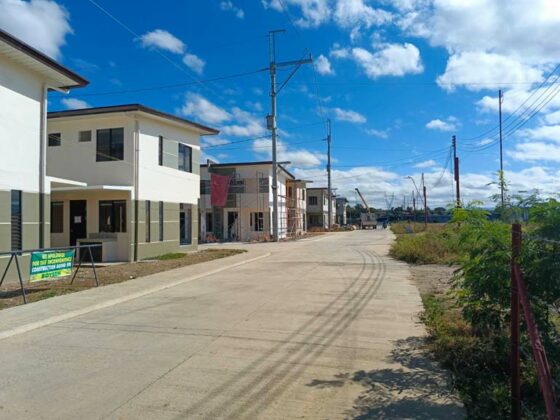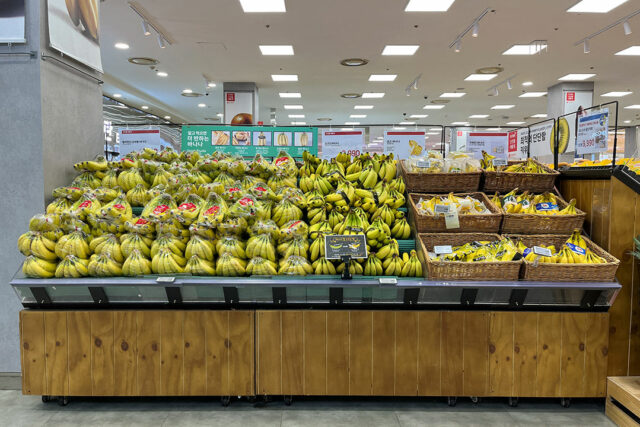Primeworld Land breaks ground on Primeworld Enclave Phase 2 in San Rafael, Bulacan

On Sept. 21, 2024, Primeworld Land celebrated another milestone with the groundbreaking ceremony for Primeworld Enclave Phase 2, located along Caingin Road, Caingin, San Rafael, Bulacan. Following the overwhelmingly positive market reception of the first phase — which saw the successful turnover of 344 housing units — Primeworld is expanding its thriving community with the launch of 390 Eliana units in Phase 2.

In a keynote address, Celine Co, Business Development Lead, reiterated Primeworld Land’s vision of creating not just homes, but vibrant and sustainable communities. She also shared exciting news that due to the project’s success and the increasing demand for affordable housing, four additional phases will be added to the original master plan in the coming years. This expansion underscores Primeworld Land’s commitment to providing quality and accessible housing options for Filipino families.

Primeworld Enclave has already gained recognition for its high-quality, affordable homes, ideally situated just an hour away from Metro Manila in a flood-free zone — making it an attractive choice for families seeking a peaceful yet accessible location.
In attendance at the ceremony were other key figures, including Charry Policarpio, Sales & Marketing Supervisor; Jane Aguisanda, Accounting Head; and Amica Ngo, Corporate Marketing Consultant.
Phase 2 of Primeworld Enclave promises not just homes but a complete community experience. The gated subdivision will feature a basketball court, parks and playgrounds, a multipurpose hall, and 24/7 security — amenities thoughtfully designed to offer comfort and convenience to its future residents. Additionally, a commercial center and shuttle terminal are slated for construction in the upcoming phases, further enhancing the development’s accessibility and self-sufficiency.
With the resounding success of Primeworld Enclave Phase 1, expectations for Phase 2 are high. This new phase aims to continue fulfilling the growing demand for affordable, well-planned housing on the outskirts of Metro Manila.
As Primeworld Land pushes forward with this development, it solidifies its standing as one of the fastest-growing real estate developers in the country — committed not only to building homes but to fostering lasting, thriving communities for Filipino families.
To learn more about Primeworld Land and its family-oriented housing communities in Metro Manila Bulacan, Quirino Province, Nueva Vizcaya, Isabela, Cebu, Butuan City and General Santos City, visit www.primeworldland.com.
Spotlight is BusinessWorld’s sponsored section that allows advertisers to amplify their brand and connect with BusinessWorld’s audience by publishing their stories on the BusinessWorld Web site. For more information, send an email to online@bworldonline.com.
Join us on Viber at https://bit.ly/3hv6bLA to get more updates and subscribe to BusinessWorld’s titles and get exclusive content through www.bworld-x.com.











 The participants were grouped into “Families” and given a “Family Character Card” that contains the difficulty, budget, scenario, and three key ingredients for the featured recipe. They had 40 minutes to cook their assigned dishes that were then judged based on balance, flavor and how well the key ingredients were utilized.
The participants were grouped into “Families” and given a “Family Character Card” that contains the difficulty, budget, scenario, and three key ingredients for the featured recipe. They had 40 minutes to cook their assigned dishes that were then judged based on balance, flavor and how well the key ingredients were utilized. Users have the ability to customize their plans by replacing/adding dishes in their daily plans, create new dishes using leftovers and the discovery of more recipe ideas!
Users have the ability to customize their plans by replacing/adding dishes in their daily plans, create new dishes using leftovers and the discovery of more recipe ideas!

